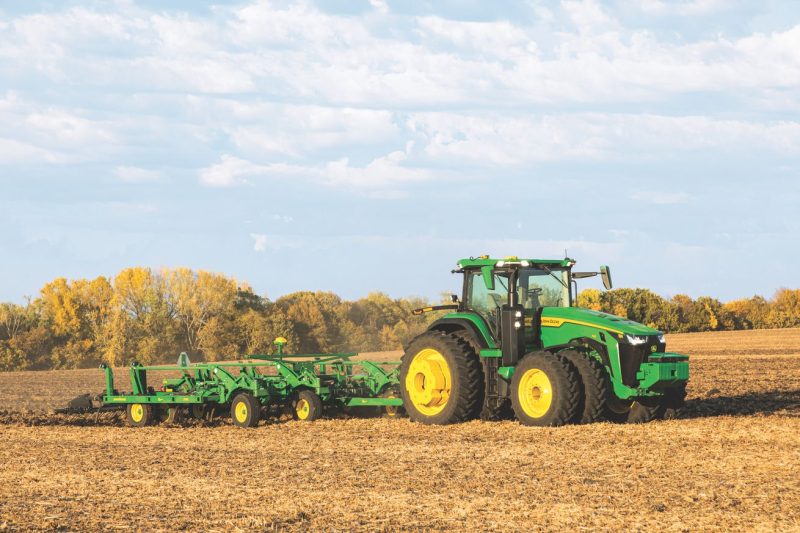
GPS Glitches: Solar Storms Wreaking Havoc on Farmers’ Planting Plans
Solar Storms Causing Chaos for Farmers’ GPS Systems During Critical Planting Time
The recent spike in solar storm activity has left farmers across the globe facing unexpected challenges as they struggle to navigate their fields using GPS technology for planting. Solar storms, also known as geomagnetic storms, are eruptions on the Sun that release vast amounts of energy in the form of solar flares and coronal mass ejections. These storms can affect Earth’s magnetic field, leading to disruptions in technology that rely on precise positioning, such as GPS systems.
Farmers have come to rely heavily on GPS technology for planting crops efficiently and accurately. With the help of GPS-guided tractors and equipment, farmers are able to plant their fields in straight lines, optimize seed placement, and minimize overlap, ultimately increasing productivity and yields. However, the recent solar storms have thrown a wrench into this carefully orchestrated process.
The disruptions caused by solar storms can lead to inaccuracies in GPS signals, resulting in misaligned planting patterns and uneven seed distribution. This can have detrimental effects on crop yields, as misplaced seeds may not receive adequate sunlight, water, or nutrients, impacting their growth and overall health. Furthermore, the downtime caused by GPS outages can result in significant delays in planting, putting farmers at risk of missing critical planting windows and reducing their overall production for the season.
In response to these challenges, farmers are exploring alternative solutions to mitigate the impact of solar storms on their GPS systems. Some are turning to traditional methods of planting, such as using markers and manual guidance, to ensure accurate seed placement despite GPS disruptions. Others are investing in backup systems and equipment that can operate independently of GPS signals, such as autonomous machinery that can navigate fields based on pre-programmed maps.
Additionally, advancements in satellite technology and improved forecasting of solar activity are providing farmers with more timely and accurate information about potential disruptions, allowing them to better prepare and adjust their planting schedules accordingly. By staying informed and proactive, farmers can minimize the impact of solar storms on their planting operations and optimize crop yields even in the face of unpredictable space weather.
As solar storm activity continues to fluctuate, farmers must remain vigilant and adaptable to ensure the success of their planting endeavors. With a combination of traditional practices, innovative technology, and strategic planning, farmers can navigate the challenges posed by solar storms and continue to feed a growing population amidst the uncertainties of our changing climate and space environment.
